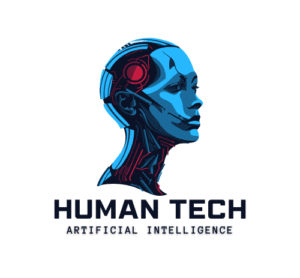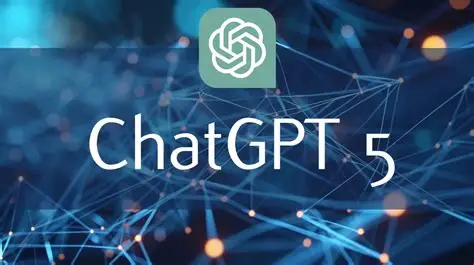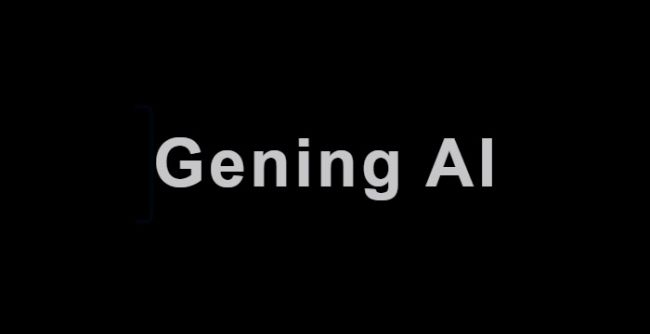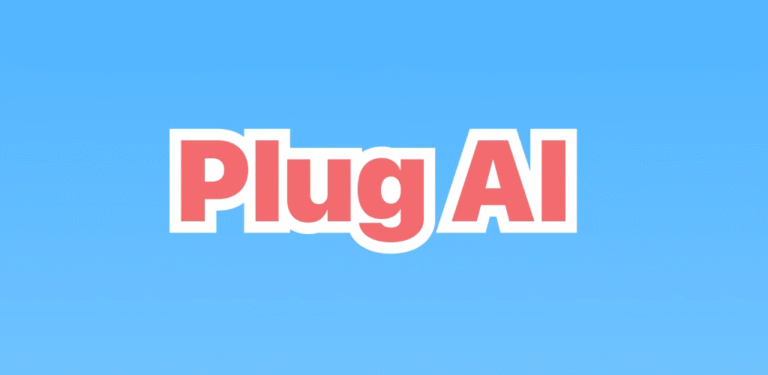What Is ChatGPT-5? A Complete Guide for Users
What seemed new and exciting just a year ago now feels old-fashioned. Meet ChatGPT-5, the newest version of the well-known language model that’s transforming our interactions with computers. In this article, we’ll explore what ChatGPT-5 is, how it functions, and why it’s important for everyday users and professionals. By the time you finish reading, you’ll know what it can do and how it might change your daily routine.
What is GPT-5?
GPT-5, developed by OpenAI, is the latest language model, enhancing understanding and generation of text. It offers coherent and relevant responses by refining skills from earlier versions. With a larger dataset and improved algorithms, it excels at complex topics and accurate information, better adhering to instructions and context. GPT-5 is versatile for tasks like writing, brainstorming, and coding, appealing to students and professionals alike. Overall, it marks significant progress in AI technology, facilitating natural language interactions with machines.
Key features
It features top-notch reasoning, large context windows, and strong safety features to help with complicated tasks in the real world.
Improved Comprehension and Logic
According to OpenAI, GPT-5 represents a major advancement in intelligence relative to its predecessors, showcasing top-tier performance in areas such as coding, mathematics, writing, health, and visual analysis.
“When web search is available on anonymized inputs that reflect typical ChatGPT usage, GPT-5 is approximately 45% less prone to factual inaccuracies compared to GPT-4.”
It employs a “real-time router” that determines whether to give quick responses or engage in more thorough reasoning for complex tasks.
Extended Context and Multi-Turn Dialogues
GPT-5 incorporates a cohesive system in ChatGPT that enables the model to retain context and follow extended conversational threads, reducing the need for users to repeat themselves.
This model consolidates several prior versions (such as GPT-4o and “o3”) into a single adaptive system, enhancing dialogue continuity.
Customization and Personal Touch
OpenAI has introduced new preset “personalities” (like Cynic, Robot, Listener, Nerd) that allow users to customize how GPT-5 interacts.
“We’re also unveiling a research preview of four distinct preset personalities… enabling users to choose how ChatGPT engages — be it brief and professional, thoughtful and supportive, or slightly sarcastic.”
Expanded Knowledge and Multimodal Input Capabilities
GPT-5 is noted for its strong performance in “multimodal understanding (including visual, video, spatial, and scientific reasoning).”
In the release announcement, it states:
“GPT-5 is our top-performing model on an internal benchmark assessing performance in complex, economically valuable knowledge tasks across a wide range of occupations.”
Improvements in Reliability and Error Correction
The announcement highlights a reduction in hallucinations and incorrect responses:
“GPT-5’s outputs are about 45% less likely to contain factual errors than its predecessor.”
The text highlights improvements in honesty and transparency. For instance, the model is better at recognizing when tasks can’t be completed and does a better job communicating its limitations.
Additionally, there’s a new safety feature called “safe completions,” which replaces simple refusals when the model faces tougher or riskier tasks.
Creative Abilities
Though not always detailed in the announcement, GPT-5’s enhanced reasoning and understanding lead to more creative outputs, like stories and poems. The blog emphasizes better handling of tricky, open-ended questions and improved reasoning in those situations.
Ethical Concerns & Safety
OpenAI focuses on making GPT-5 safer. They’ve made strides in reducing overly agreeable responses. In tests, the rate of sycophantic replies went down significantly, from 14.5% to less than 6%. A “multilayered defense system” has also been introduced for sensitive areas like biology and chemistry.
Cross-Platform Access
GPT-5 is now the standard model in ChatGPT, replacing older versions. It’s being made available across all tiers: Free, Plus, Pro, Team, and soon for Enterprise and Education. The Help Center states that the model can be accessed on the web, mobile, and desktop for different plans.
How does GPT-5 differ from earlier models?
GPT-5 is much better than earlier versions. It’s smarter and can handle more tasks. One major improvement is its ability to understand context, which helps it keep track of conversations and give more relevant answers. With a larger dataset, it has a broader knowledge base, making its answers more accurate and useful.
In practical use, GPT-5 improves writing, editing, and creative tasks by enhancing structure and clarity. It also solves problems more effectively and can explain complex topics step-by-step. In coding, it helps create code, design interfaces, debug issues, and guide software planning. For research, it quickly summarizes documents, analyzes data, and extracts useful insights.
GPT-5 is useful in education, explaining math, science, and language arts concepts, though human oversight is still important. In health, it provides reliable advice tailored to users, supporting health literacy along with professional guidance. Its ability to handle both text and images means it can interpret diagrams and assist with design tasks. It can also automate business tasks like document review, report generation, and email summarization, boosting efficiency.
Finally, GPT-5 is designed to reduce biases and improve safety, offering balanced views and minimizing harmful content. Users benefit from its capabilities.
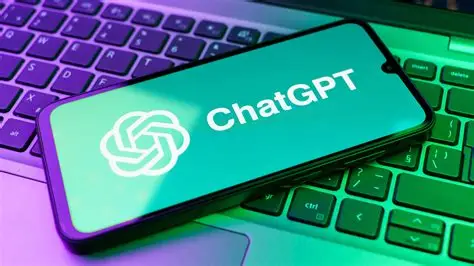
Benefits & opportunities
ChatGPT-5 is a big upgrade for AI helpers, as it uses a single system to process text, images, audio, and video together.
Increased Efficiency
- GPT‑5’s comprehensive reasoning allows individuals and organizations to accomplish more with less effort.
- Significant time savings occur in writing, programming, analyzing, and summarizing tasks.
Widespread Access to Expertise
- Provides advanced reasoning capabilities to all users, reducing the need to consult specialists for every field.
- As OpenAI describes it: “intelligent expertise for everyone.”
Enhanced Creativity and Innovation
- Acts as a collaborative creative force, generating ideas, building prototypes, and exploring scenarios.
- Accelerates innovation in areas such as software development, design, and media.
New Workflow Support
- Can be integrated into organizational workflows to streamline routine tasks and facilitate smarter decision-making.
- Improves customer service (e.g., chatbots), allowing teams to focus on higher-priority responsibilities.
Assistance in Education
- Supports students as a tutoring aid, answering questions, providing detailed explanations, and guiding step-by-step solutions.
- Enhances traditional education, particularly in resource-limited environments.
Improved Accessibility and Inclusion
- Multilingual and multimodal support broadens access for visual learners, non-native speakers, and people with disabilities.
Challenges Faces
- GPT-5 faces several hurdles, including ethical use concerns regarding misinformation and deepfakes.
- Bias in training data leads to potential perpetuation of stereotypes, raising fairness questions.
- Scalability issues arise as demand for nuanced responses increases, impacting performance.
- Privacy protection is crucial for user trust, necessitating robust data security measures.
- Continuous learning is essential to adapt to evolving language and cultural references
